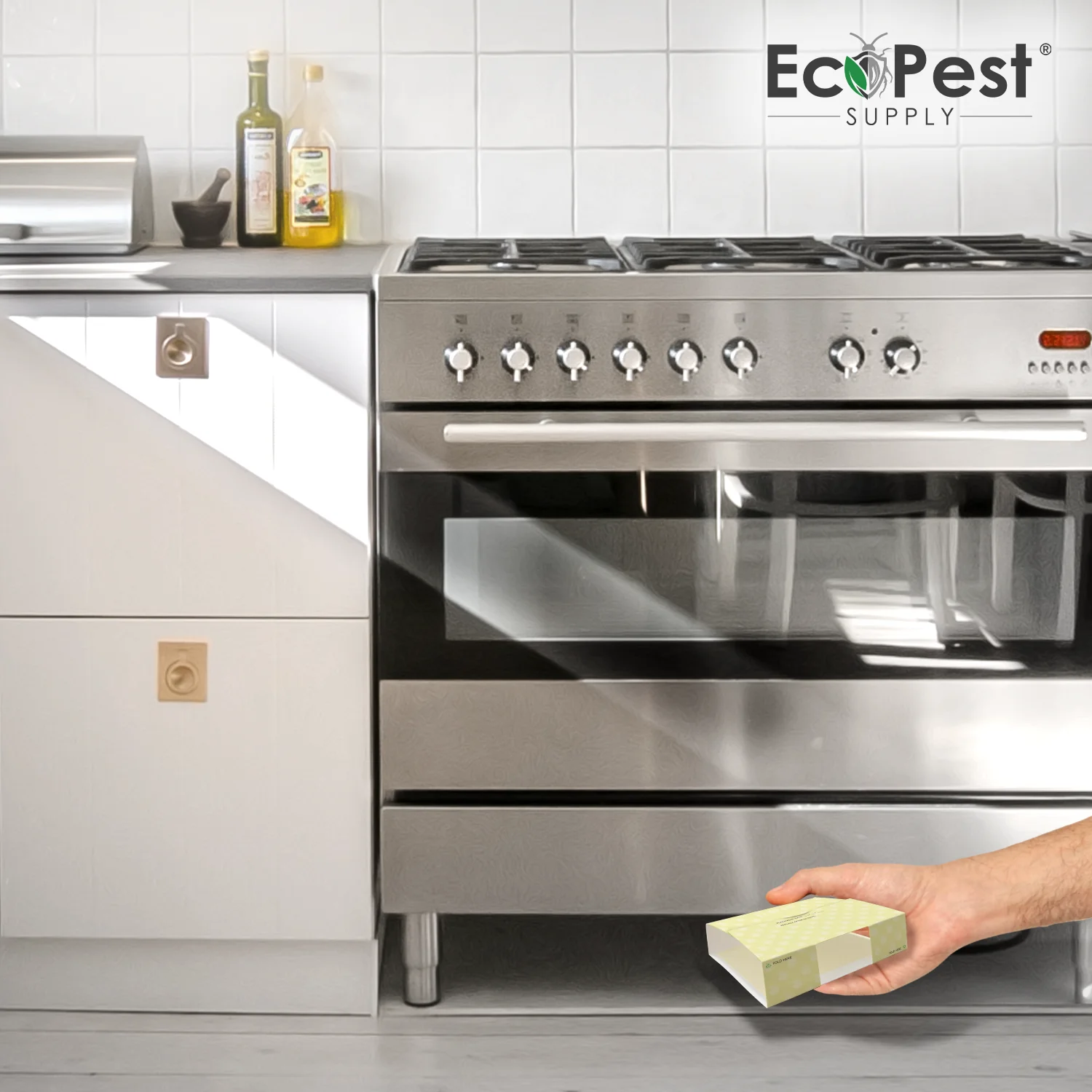Dealing with a roach infestation can be a distressing experience for any homeowner. These resilient pests can quickly multiply and become a health hazard. Among the various methods available for roach control, glue traps have proven to be effective, non-toxic, and easy to use.
However, with a multitude of options on the market, it’s essential to choose the right roach glue trap that suits your specific needs. In this guide, we’ll delve into the factors to consider when selecting the most suitable roach glue trap for your home.
Understanding Roach Glue Traps
Roach glue traps are simple yet ingenious devices designed to catch cockroaches by utilizing adhesive substances. These traps are typically made of cardboard or plastic, coated with a sticky glue that immobilizes roaches upon contact. Roach glue traps work by exploiting the roaches’ natural instincts to seek out dark and confined spaces.
Factors to Consider
Trap Design and Size
Roach glue traps come in various sizes and designs. Some are flat, while others are folded into a box-like shape. The choice of design depends on the area you intend to place the traps. For tight spaces, such as behind appliances or in narrow cracks, flat traps might be more suitable. Larger, box-shaped traps can be placed in open areas to catch multiple roaches.
Glue Strength
The effectiveness of a roach glue trap largely depends on the adhesive’s strength. Different traps use varying levels of stickiness. While you want a trap with a strong adhesive to ensure that roaches cannot escape, you also need to strike a balance to prevent unintended objects, like pet fur or dust, from getting stuck. Reading product reviews or consulting pest control professionals can help you gauge the appropriate level of glue strength.
Non-Toxic Formulation
One of the significant advantages of roach glue traps is their non-toxic nature compared to chemical pesticides. However, it’s crucial to verify that the adhesive used is free from harmful chemicals that could pose a risk to your family and pets. Look for traps that are labeled as non-toxic and safe for indoor use.
Duration of Effectiveness
Consider how long a roach glue trap remains effective once it’s placed. Some traps might lose their stickiness over time due to dust or debris accumulation. High-quality traps often come with protective covers that help prolong their effectiveness by preventing external contaminants from compromising the adhesive.
Monitoring and Visibility
Choosing a roach glue trap with transparent plastic or a clear top can allow you to monitor the trap’s activity without needing to touch it. Being able to observe whether the trap has caught any roaches helps you determine the extent of the infestation and whether additional measures are necessary.
Ease of Use and Disposal
Look for roach glue traps that are easy to set up and dispose of. Traps with foldable designs often have pre-determined creases that simplify the process of assembly. Additionally, traps that can be folded and sealed for disposal prevent direct contact with trapped roaches, offering a more hygienic solution.
Attractant Pheromones
Some roach glue traps are equipped with attractant pheromones that mimic roach scent, luring them towards the trap. While these traps can be effective in enticing roaches, they might not be necessary in all situations. If you’ve already identified the areas frequented by roaches, placing traps strategically could yield the desired results without the need for additional attractants.
Placement Strategies
Even the most effective roach glue traps won’t yield optimal results if not placed correctly. Here are some placement strategies to maximize the traps’ efficiency:
- Identify High-Traffic Areas: Roaches tend to frequent warm and damp areas, such as kitchens and bathrooms. Locate the areas where you’ve noticed the most roach activity and place traps there.
- Behind Appliances and Furniture: Place traps behind stoves, refrigerators, and other large appliances. Roaches often hide in these spaces and use them as pathways.
- Near Entry Points: Position traps near doors, windows, and cracks where roaches might be entering your home.
- Dark Corners and Cracks: Roaches prefer dark and confined spaces. Placing traps in corners, along baseboards, and in cracks can increase your chances of trapping them.
- Avoid High Airflow: Don’t place traps directly in front of fans or HVAC vents, as the airflow can hinder the effectiveness of the traps.
Conclusion
Cockroach pest control products are a valuable tool in the battle against roach infestations. Their simplicity, non-toxic nature, and effectiveness make them a preferred choice for many homeowners. When selecting the right roach glue trap for your home, consider factors such as trap design, adhesive strength, non-toxic formulation, duration of effectiveness, monitoring capabilities, ease of use, and placement strategies. By making an informed decision, you can tackle roach problems efficiently and restore a sense of comfort and cleanliness to your living spaces.







